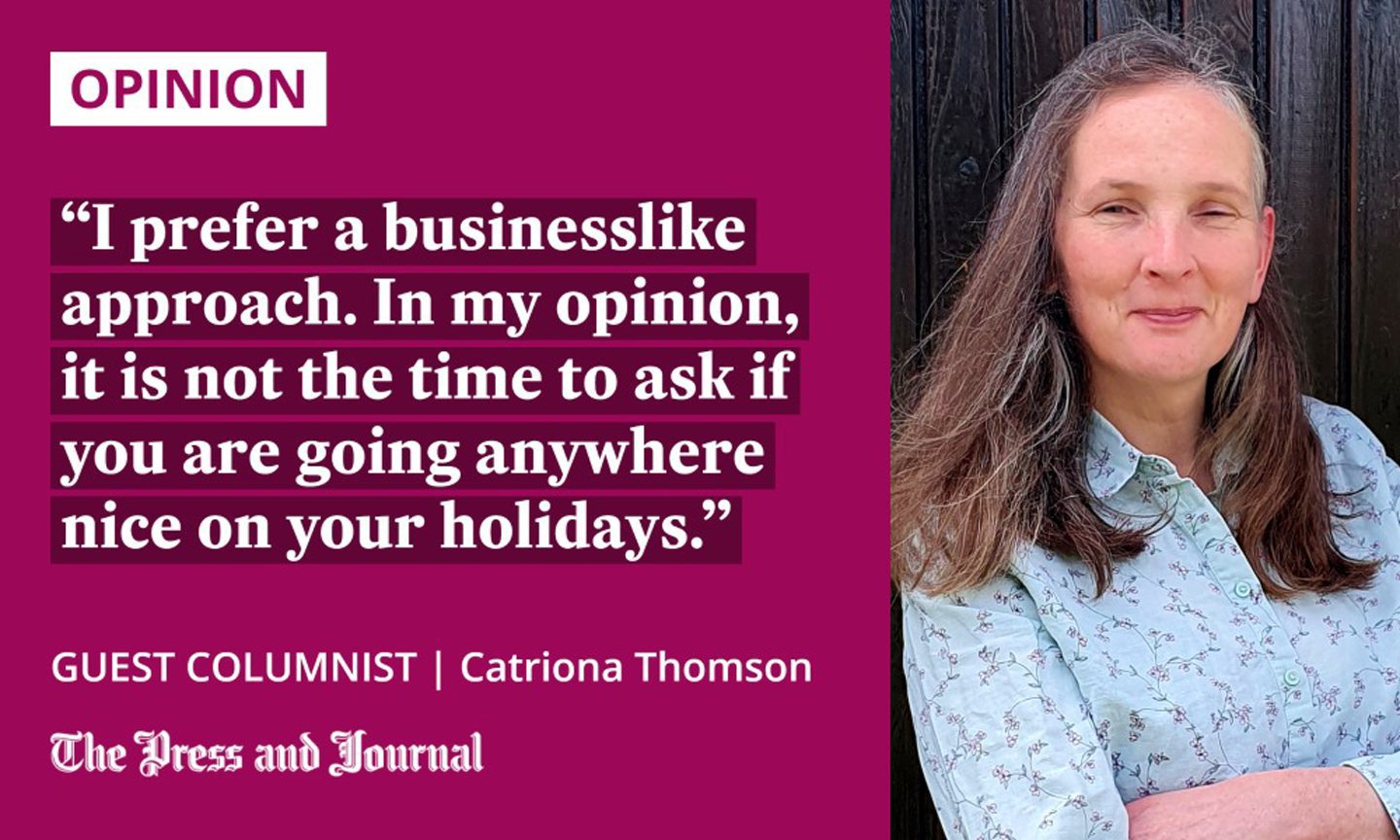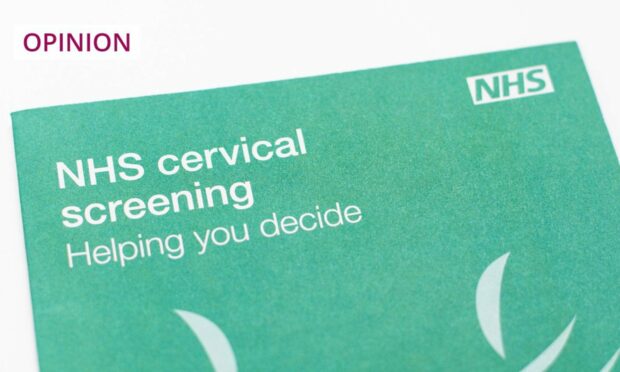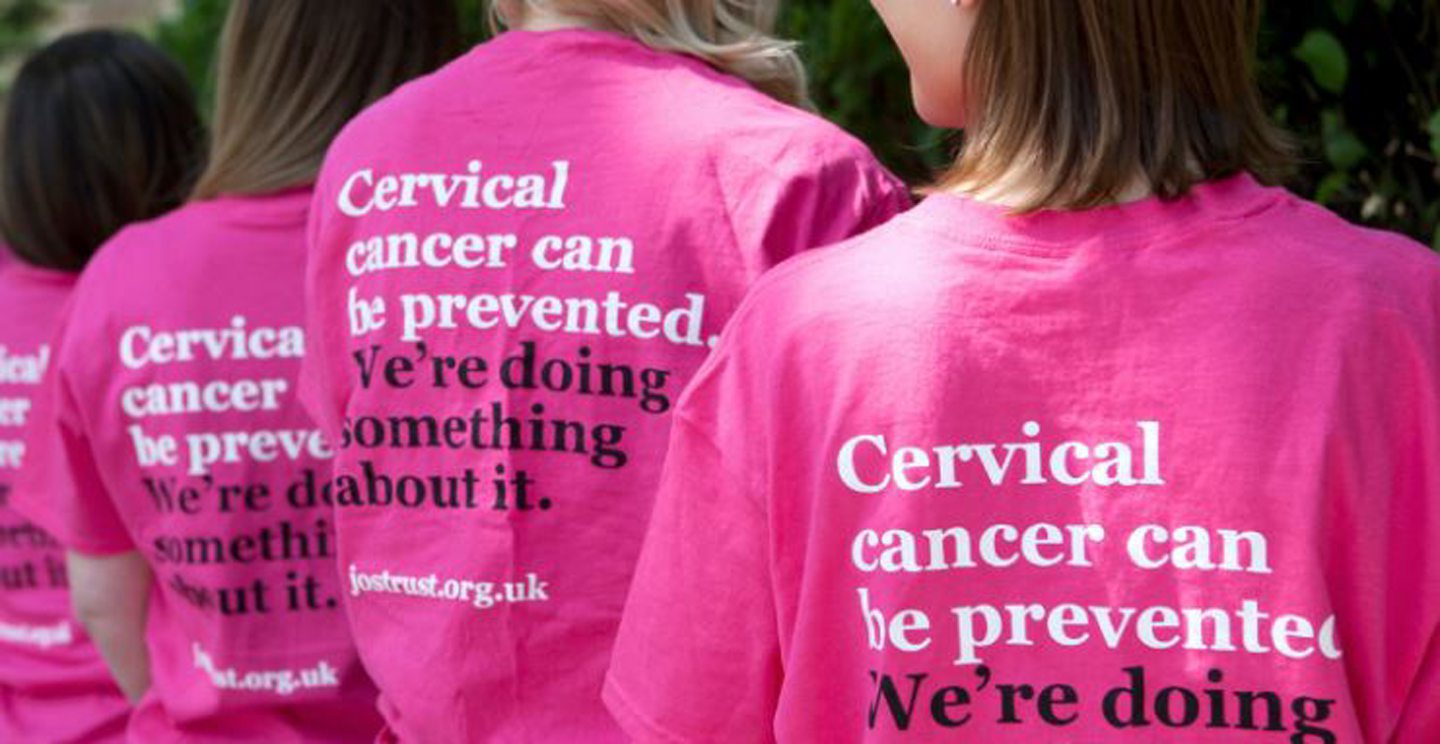Up to 83% of cervical cancer deaths could be prevented, writes Catriona Thomson, but only if everyone invited attends their appointments.
An invitation dropped through my letter box, and, I confess, my heart sank a little.
It wasn’t another notification from the bank to say that our monthly mortgage payment is increasing, but that is never too far away. Instead, it was a letter asking me to make an appointment for a cervical screening test.
To be brutally honest, no one relishes the thought of a close encounter with a speculum. But, I made my appointment quickly, to get it over and done with. It is all too easy to hide the letter, in the hope that it goes away.
 The Scottish cervical screening programme properly began in 1988. Before then, smear tests were done on an ad hoc basis. The programme aims to prevent rather than diagnose cervical cancer.
The Scottish cervical screening programme properly began in 1988. Before then, smear tests were done on an ad hoc basis. The programme aims to prevent rather than diagnose cervical cancer.
It is a test to check for human papillomavirus, or HPV – the virus that causes over 99% of cervical cancers. It’s common, and usually resolves itself without any symptoms. A positive smear test will be checked for abnormal cells (caused by HPV) that could potentially develop into cancer in the future.
It’s #CervicalScreeningAwarenessWeek! If you’ve got concerns about your cervical screening appointment, check out our video for information and tips to help put your mind at rest 👇🎦#CervicalScreeningAwarenessWeek pic.twitter.com/bn3CJwkJiK
— Cancer Research UK (@CR_UK) June 21, 2022
In Scotland between 2016 and 2018, there were 320 new cervical cancer cases every year. That’s around one a day. And, each year, there were 95 cervical cancer deaths – almost two every week.
According to Cancer Research figures, cervical cancer is the 14th most common cancer for females in the UK, with the incidence highest in women aged 30 to 34. One in 142 will be diagnosed with it in their lifetime.
A simple test for those aged 25 to 64
Currently, anyone with a cervix aged 25 to 64 (so that can include some trans, and non-binary people) will get a five-yearly invite, providing they are registered with a GP. But, each individual has to decide whether or not to make their appointment.
This simple test can highlight problems in people who have no symptoms, meaning they can be monitored more closely or treated early and effectively.
The procedure itself lasts only a few minutes, and is only slightly uncomfortable
The worst part of the test for me is waiting in the GP surgery waiting room beforehand. The procedure itself lasts only a few minutes, and is only slightly uncomfortable.
I prefer a businesslike approach. In my opinion, it is not the time to ask if you are going anywhere nice on your holidays. Thankfully, that didn’t happen, and my results are due back within 10 weeks.
Leading UK national charity funding research and raising awareness into gynaecological cancers, The Eve Appeal, highlights that “cervical screening prevents around 70% of cervical cancer deaths but that could go up to 83% if everyone attended their appointment.”
Another measure – a vaccine – was introduced for young people in Scotland in 2008 to protect against some HPV viruses. Sadly, this doesn’t protect against all strains that can lead to cancers, so, unfortunately, you still need to have regular smear tests if you’re vaccinated.
Don’t wait for symptoms to book a smear test
The most recent data from Public Health Scotland’s cervical screening annual update, shows that there has been a downward trend in people coming forward for a smear test.
Although the pausing of the programme during the beginning of the Covid pandemic partially accounts for this reduction in numbers, it doesn’t explain it all. Across all age groups, fewer women are opting to have them.
Put simply, the cervical screening programme saves lives
In particular, women from the most deprived areas are less likely to book an appointment, with an uptake of only 63%, compared with 74% in more affluent areas, which worries me. Perhaps, ladies, we have become complacent and forgotten just how vital this test is.
Maxine Lenza, health information officer at Cancer Research UK, said: “We know that some people find cervical screening uncomfortable or painful, but there are ways to make your appointment work better for you. For example, when booking you can ask for a longer time slot, as this will give you time to speak through any concerns you may have beforehand with the nurse.
“It’s important to remember screening programmes are for people who do not have symptoms. So, if you notice anything unusual for you, do not wait for a screening invitation – speak to your doctor.”
The symptoms that need to be checked out are: vaginal bleeding that is unusual for you, a change to vaginal discharge, pain or discomfort during sex, and pain in your lower back or pelvis.
The Eve Appeal ambassador, Karen Hobbs said “It’s incredibly important to attend your cervical screening appointment, as cervical cancer is the only one of the five gynae cancers to have a successful NHS screening programme.
“By attending your cervical screening appointment, you are giving yourself the best chance of stopping cervical cancer before it has a chance to start. If you regularly attend your cervical screening appointments, then you’re actively taking steps towards cervical cancer prevention.”
Put simply, the cervical screening programme saves lives. So, when your letter next arrives, make sure you make an appointment. It is one invite you should never turn down.
Catriona Thomson is a freelance food and drink writer


Conversation